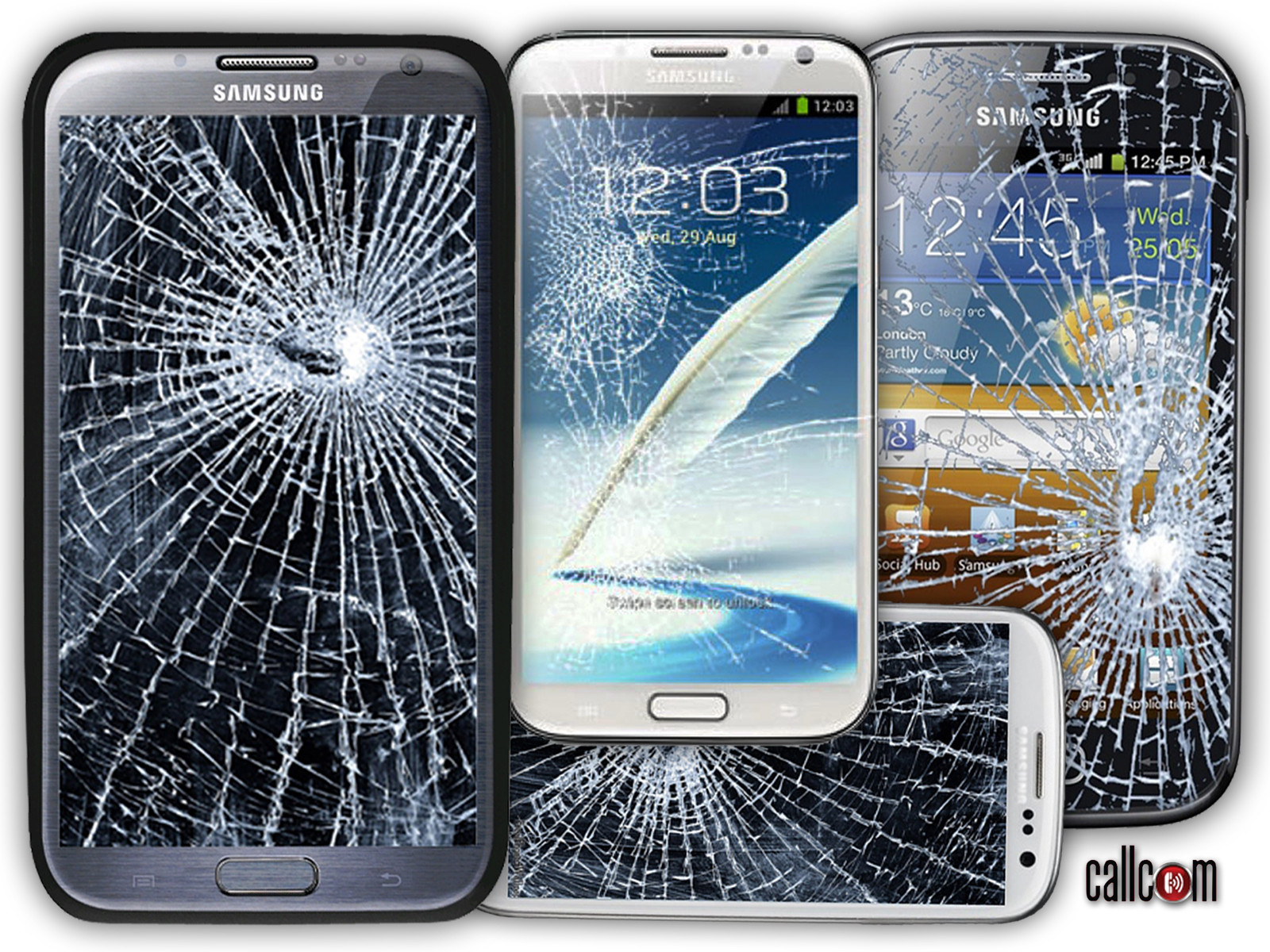Today it is difficult to see a person without a mobile device, especially a smartphone. For this reason, it is very common that the vast majority have suffered because their screens were broken or broken in the blink of an eye.

Unfortunately, repairing the screen of our smartphones is not any grace and has great costs, especially if it is an iPhone, which is characterized by being quite delicate and requiring original parts to ensure better performance.
With the pretext that we have all been victims of the breakdown of our mobile screens, chemical researchers at the University of California developed a screen material for phones that can repair itself. To carry out the final result, the researchers conducted various experiments to test the material, including the ability to repair small cuts and scratches.
According to the results, the scientists said that after breaking the material in half, it was able to automatically sew in less than a day. Said material operates on the basis of bonds that can be stretched up to 50 times more than their original size and consists of a polymer with ionic salt.
The charged ions and polar molecules generate a certain force, reason why upon breaking, these attract each other so that the material can self repair.
The good thing about this material is that it is not expensive at all and looks similar to a kind of rubber or thin plastic. If it could be deployed to the market, it would be a clear revolution in smartphones, and finally, companies could now announce new devices with real changes and innovations.
There were already materials that could be regenerated, that is, nothing new. What is really innovative is the fact that there was never material that could regenerate while conducting electricity, and that would be completely useful for the use of moving screens.
Of course, there was already the LG G Flex option whose main function is to recover damages, but not through electricity.

The research will be presented at the American Chemical Society that takes place this week. The chemists said that if this project proves successful, by 2020 we will be seeing smartphones with the use of this technology.














